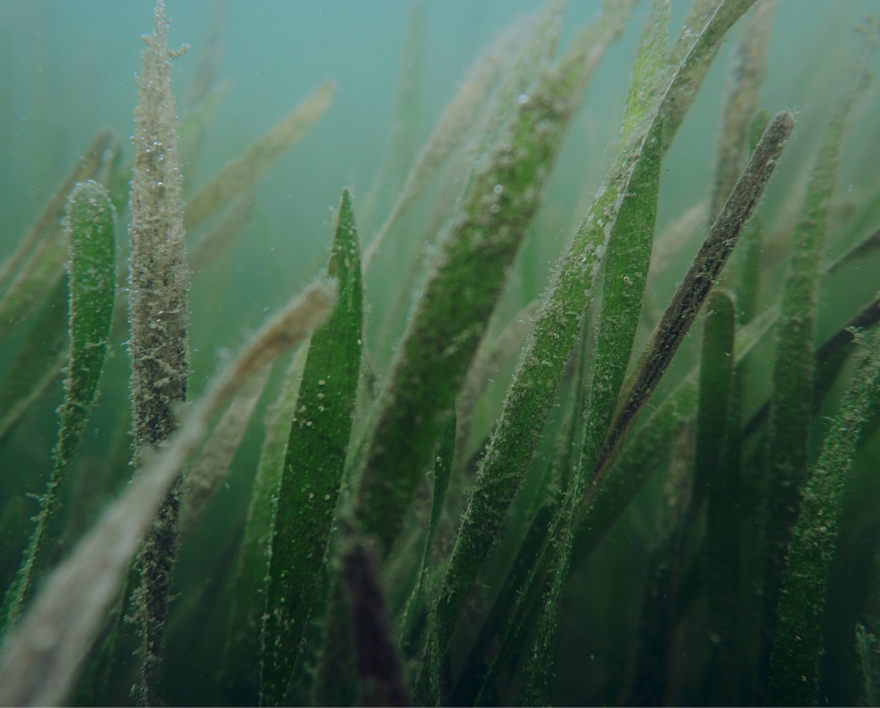Crews are continuing to pump nutrient-rich wastewater into Tampa Bay to prevent a catastrophic collapse of a leaking phosphate processing pond at Piney Point in Manatee County.
The chemical elements that officials are most concerned about are phosphorus and nitrogen, the latter primarily in the form of ammonia nitrogen.
Excess nutrients can fuel toxic algae blooms, like one currently brewing in Gulf of Mexico waters between Collier and Sarasota counties.
“When there's a nutrient source available in the water, algae species, like red tide, are really effective at making use of that. They're strong swimmers and if currents are favorable and the two meet, this is something that we are definitely concerned about and we'll continue to monitor with our partners,” said Maya Burke, Assistant Director for the Tampa Bay Estuary Program.
Before it started leaking, the reservoir contained 480 million gallons of wastewater.
Burke said if the south pond at Piney Point is completely drained, the discharge will be at least three times the amount of any other in Tampa Bay history.
Speaking to WUSF's Jessica Meszaros, Burke said all the ponds need to be cleaned up, and the facility should be closed for good.
What is in the wastewater being discharged from Piney Point into Port Manatee and ultimately in Tampa Bay?
Yeah, so I do want to be really clear with folks that this water is not radioactive. The water that's in the pond that's being drained right now, it's primarily concerned about nutrient pollution. Nutrient pollution is really the primary concern for managing water quality in Tampa Bay.
Because it stimulates plant growth, it can be an important factor in driving things like algae blooms. And when we have too much algae in the water in Tampa Bay, it shades out the ability of sea grasses to grow and thrive. We know that sea grasses are really the foundation of a healthy Tampa Bay, so we're always concerned when we see this much of a nutrient load going into the bay.

This amount of wastewater that contains all these nutrients — is it dangerous?
We estimate that this load of nitrogen is about what we would expect to see in the bay segment for an entire year, and it's going to be delivered over the course of one or two weeks — that's substantial and significant. Furthermore, ammonia nitrogen is something that fish and wildlife can be sensitive to, so we are monitoring to make sure that there are not adverse impacts, or that we're documenting any adverse impacts to fish and wildlife.
What are some signs that they'd be impacted by that?
Unfortunately, it can result in mortality, especially if you do see like a macro algae bloom in response to the level of nutrients that are going into the bay. What happens is as the algae are growing, they take a lot of oxygen out of the water, so that can cause problems in terms of competition for other beneficial species.
And then as they die and decompose, again, you get these sort of boom and bust cycles, and it's hard for things like fish to keep up with.
The release is north of the Sunshine Skyway Bridge, so do we know where this contaminated water is flowing?
We're currently coordinating with USF College of Marine Science who have pretty sophisticated models to predict and forecast the circulation patterns within Tampa Bay. There are some things that we're still working on in terms of the models and being able to report with confidence what we think will happen. But generally, we think that the pattern is that this plume will sort of hug the coast southward from Port Manatee, hug the coast south down towards the Skyway Causeway near the mouth of the Manatee River.
And those habitats in that area are pretty critical. That's an area where there's very healthy seagrass beds. We also have hard-bottom habitat that supports soft corals and sponges. It’s really important area in terms of the fishery here. It's a stopover point between some of the juvenile species that love the estuaries and the seagrass habitat on their way out to the Gulf and deeper and deeper conditions.
Also, in this area, we do have some folks who rely on the bay for the way they make a living. For example, we have an oyster farm that's in that area. And those folks are very concerned about changes in things like pH and how algal blooms might affect harvests of their oysters.





